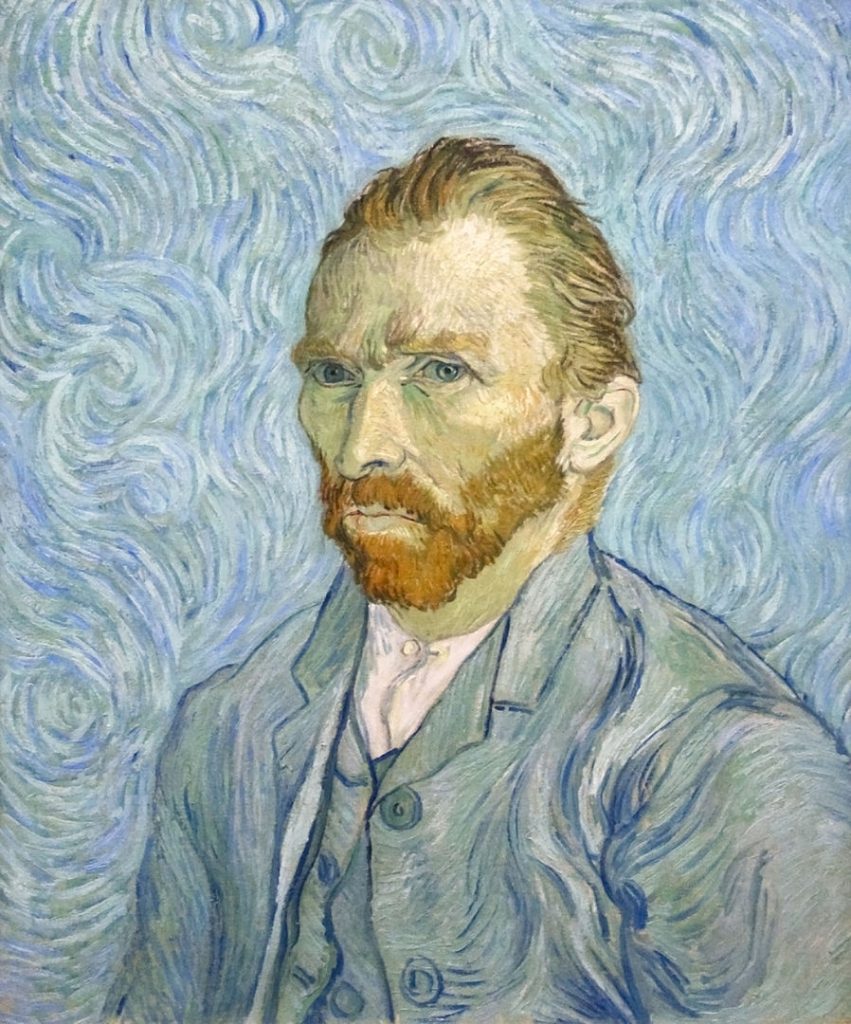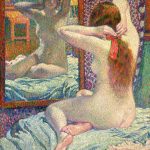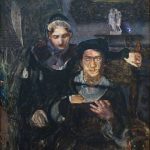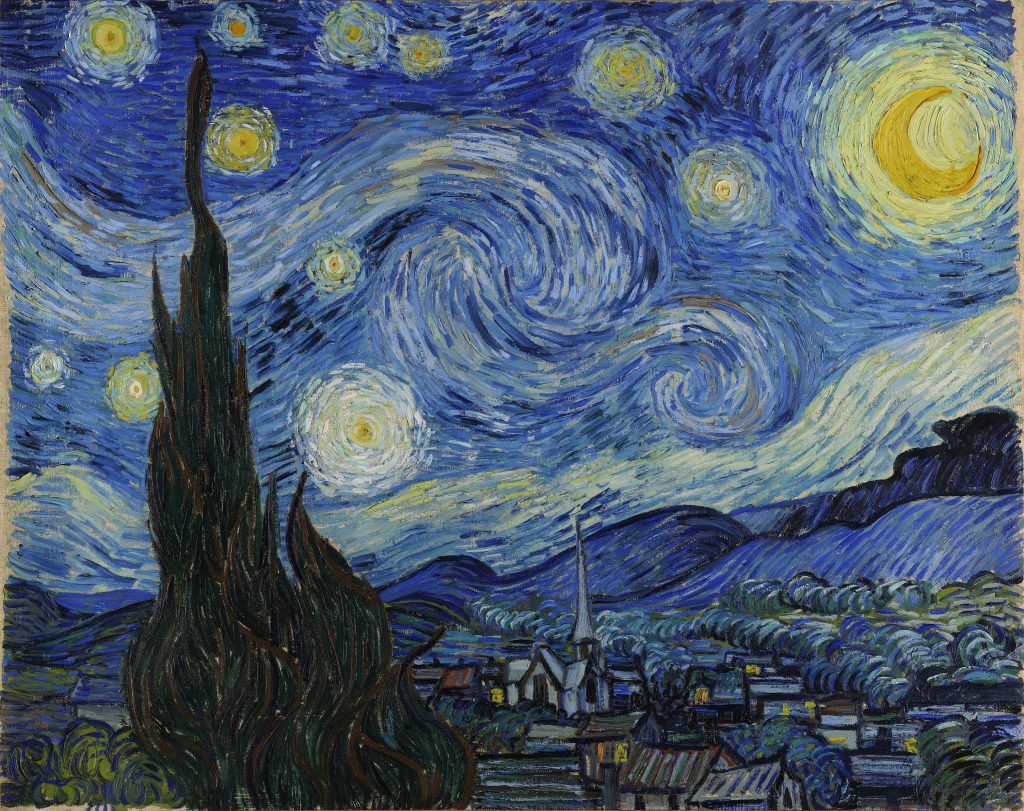
Vincent van Gogh (1853–1890) was a Dutch Post-Impressionist painter who is widely regarded as one of the most influential figures in the history of Western art. Known for his expressive use of color, bold brushwork, and emotionally charged compositions, van Gogh’s work had a profound impact on the development of modern art.
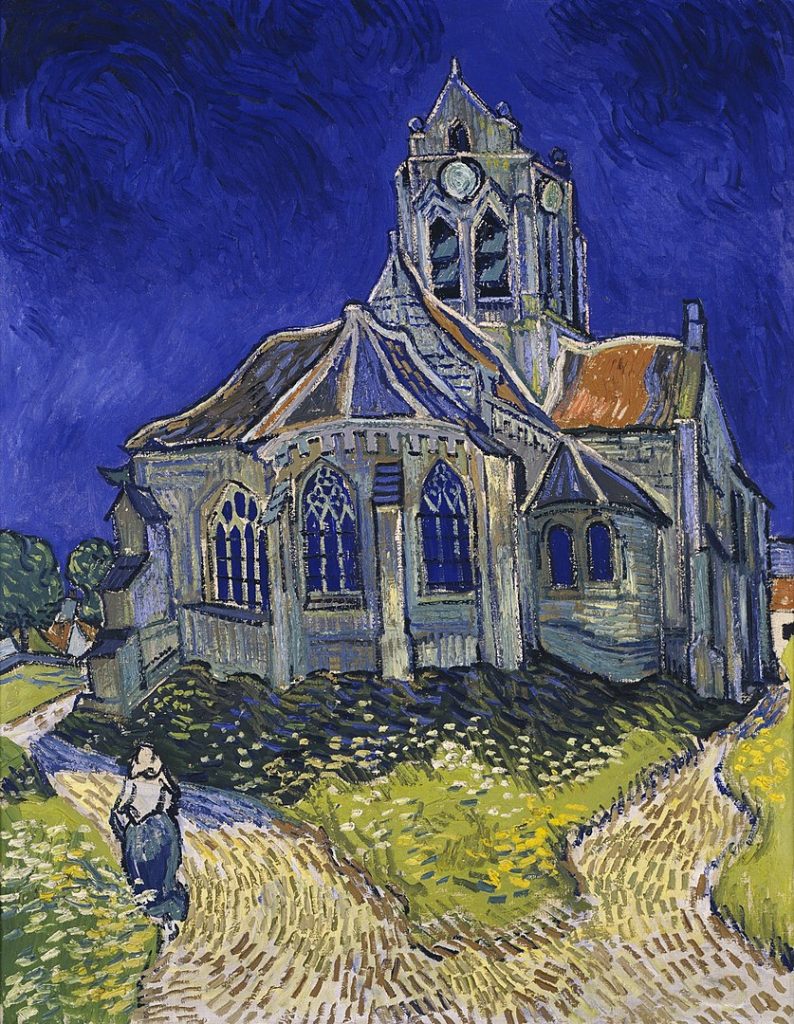
- Early Life: Vincent Willem van Gogh was born on March 30, 1853, in Zundert, Netherlands. He came from a family with a background in art dealing and struggled with various personal and mental health challenges throughout his life.
- Artistic Beginnings: Despite having little formal training as an artist, van Gogh showed an early interest in drawing. His career in art began in his twenties when he worked as an art dealer, a teacher, and a preacher before dedicating himself to painting.
- Post-Impressionism: Van Gogh is often associated with the Post-Impressionist movement. While he was inspired by Impressionist techniques, he moved beyond their emphasis on capturing fleeting moments to infuse his work with more personal and emotional expression.
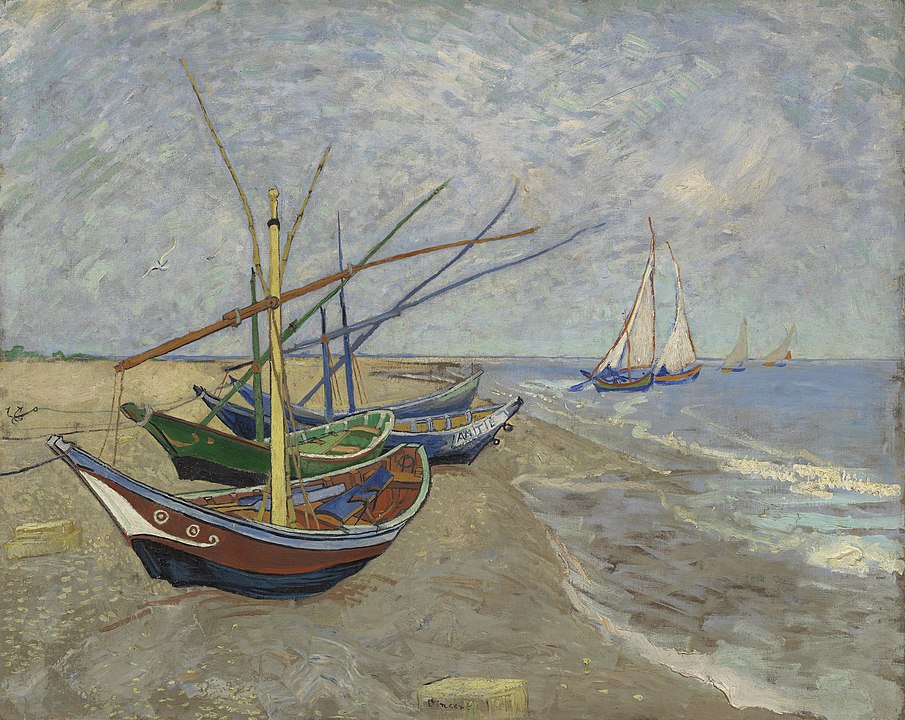
- Palette and Brushwork: One of van Gogh’s distinctive features is his use of vibrant and often unconventional color palettes. His bold and dynamic brushwork contributed to the intensity of his works. He sought to evoke emotions through his use of color and texture.
- Sunflowers and Starry Night: Some of van Gogh’s most famous works include “Sunflowers,” a series of still life paintings, and “Starry Night,” a night sky scene that showcases his unique approach to capturing the energy and emotion of nature.
- Relationship with Theo van Gogh: Van Gogh had a close and supportive relationship with his younger brother, Theo, who worked as an art dealer. Theo supported Vincent financially and emotionally, and their extensive correspondence provides insights into van Gogh’s thoughts and artistic development.
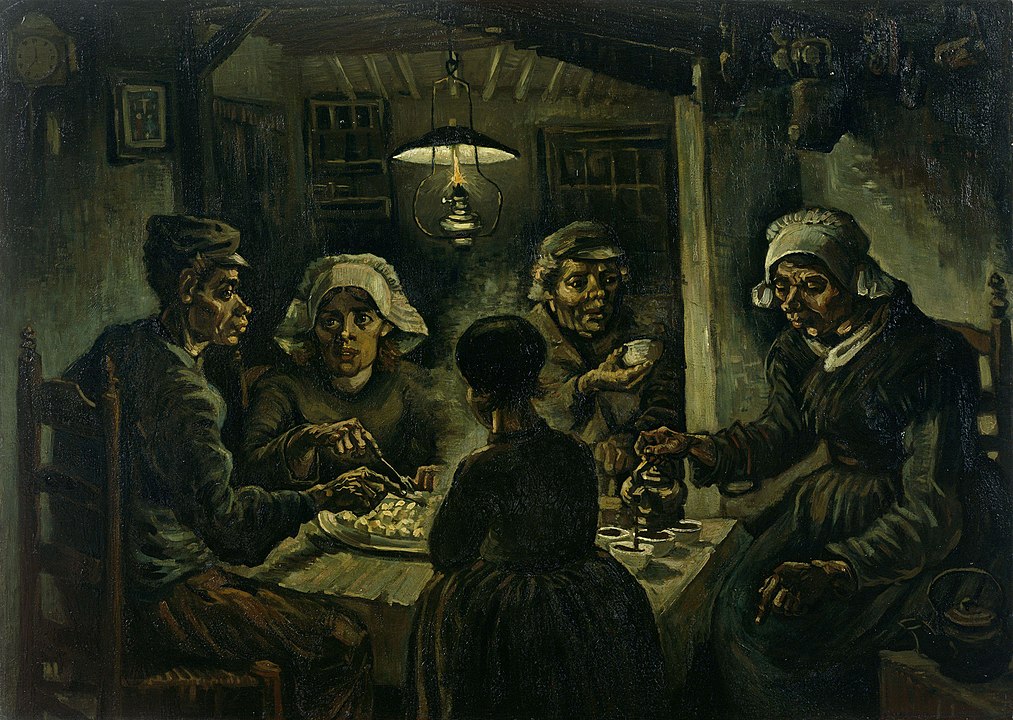
- Mental Health Issues: Van Gogh’s mental health deteriorated over time, and he struggled with episodes of mental illness. His most well-known incident occurred in 1888 when he famously cut off part of his ear. He voluntarily admitted himself to a psychiatric hospital in Saint-Rémy-de-Provence.
- Death: Vincent van Gogh died on July 29, 1890, at the age of 37, from a gunshot wound, likely self-inflicted. His death remains the subject of debate, with theories ranging from suicide to accidental injury.
- Legacy: While van Gogh struggled during his lifetime and only sold a few paintings, his posthumous legacy is immense. His works are now considered masterpieces, and he is celebrated for his contributions to the development of modern art. Van Gogh’s influence can be seen in various artistic movements, and his paintings are among the most coveted and recognized in the world.
- Museum and Cultural Impact: The Van Gogh Museum in Amsterdam, established in 1973, houses the largest collection of van Gogh’s works, including many of his most famous paintings. His life and art have been the subject of numerous books, films, and exhibitions, contributing to his enduring cultural impact.
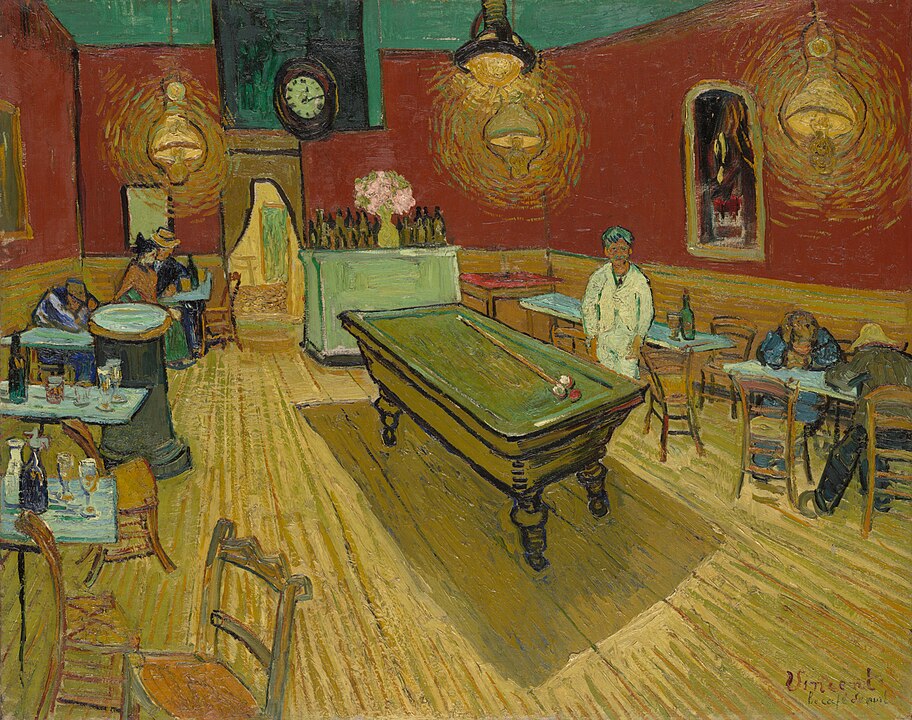
Vincent van Gogh’s unique artistic vision and the emotional power of his paintings have left an indelible mark on the history of art, making him an iconic figure whose work continues to inspire and captivate audiences worldwide.
